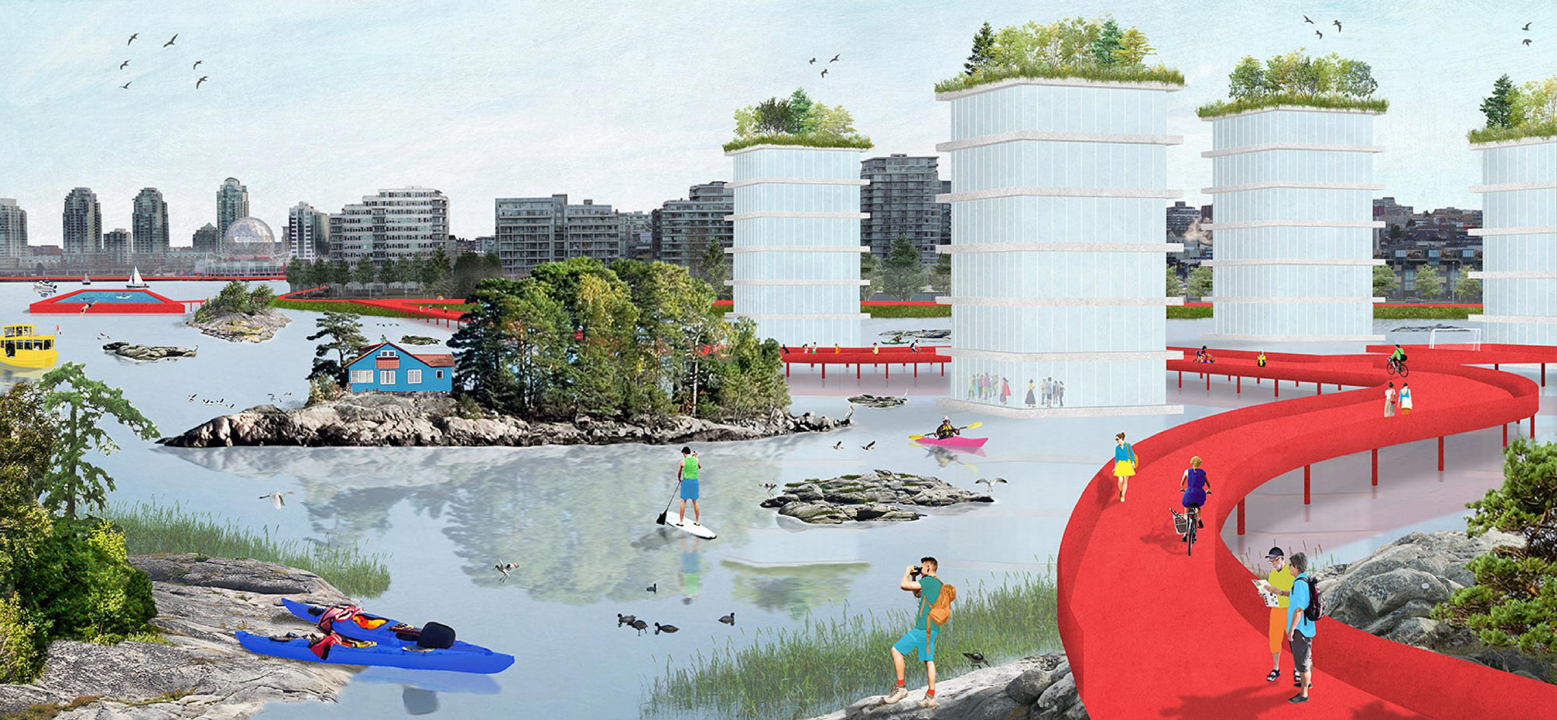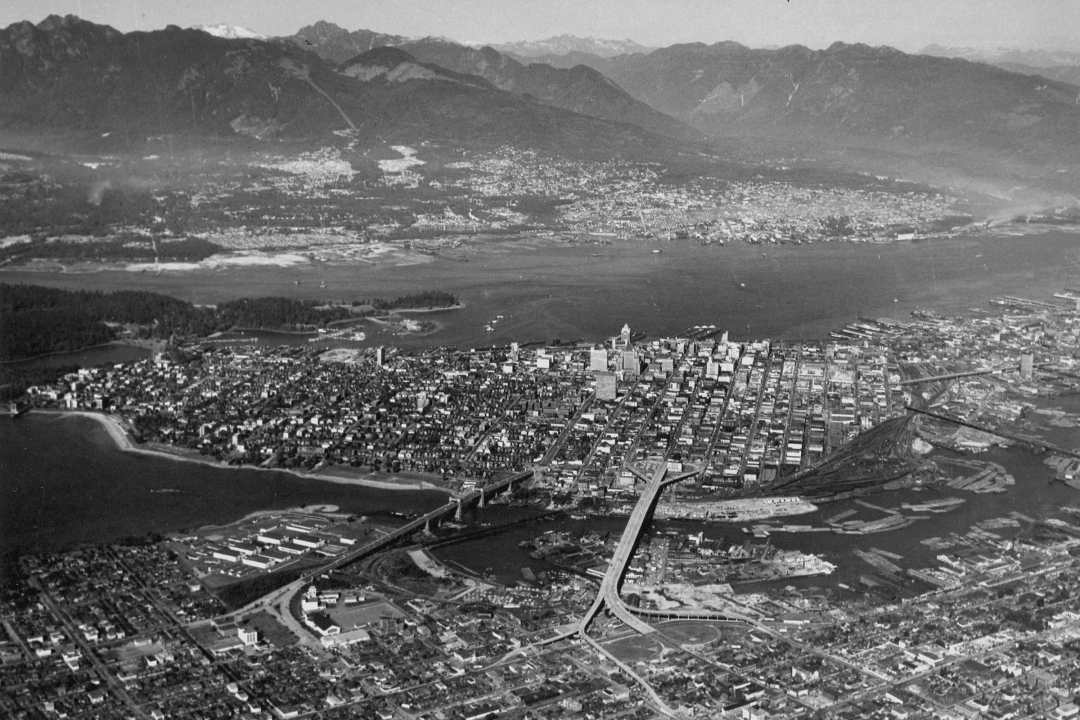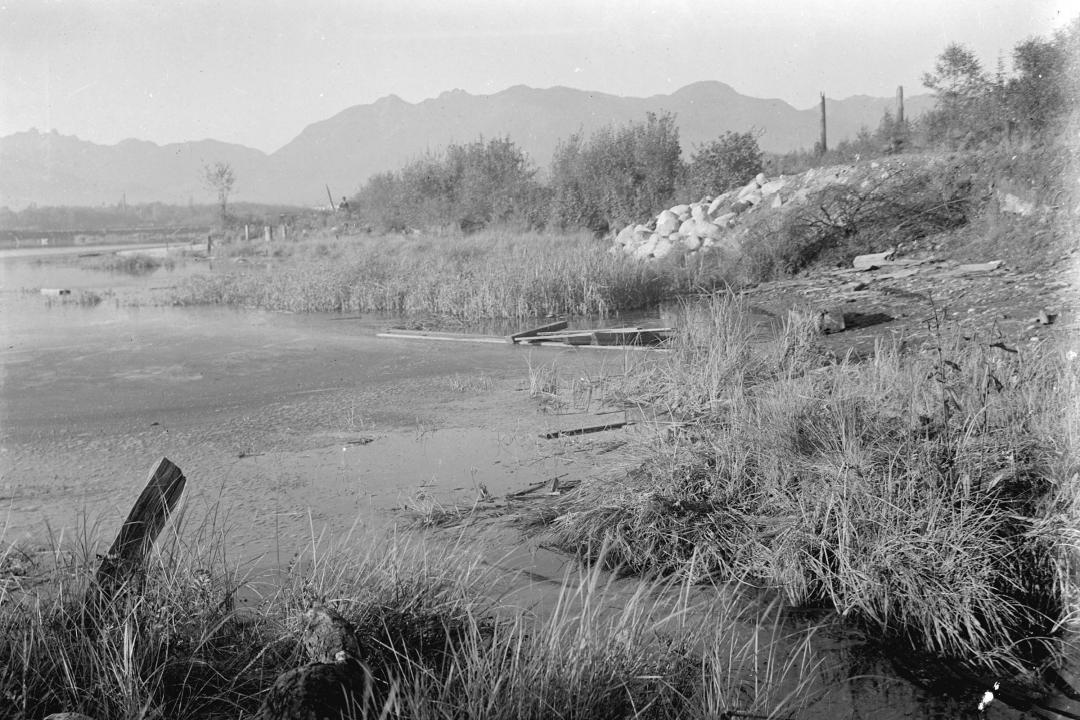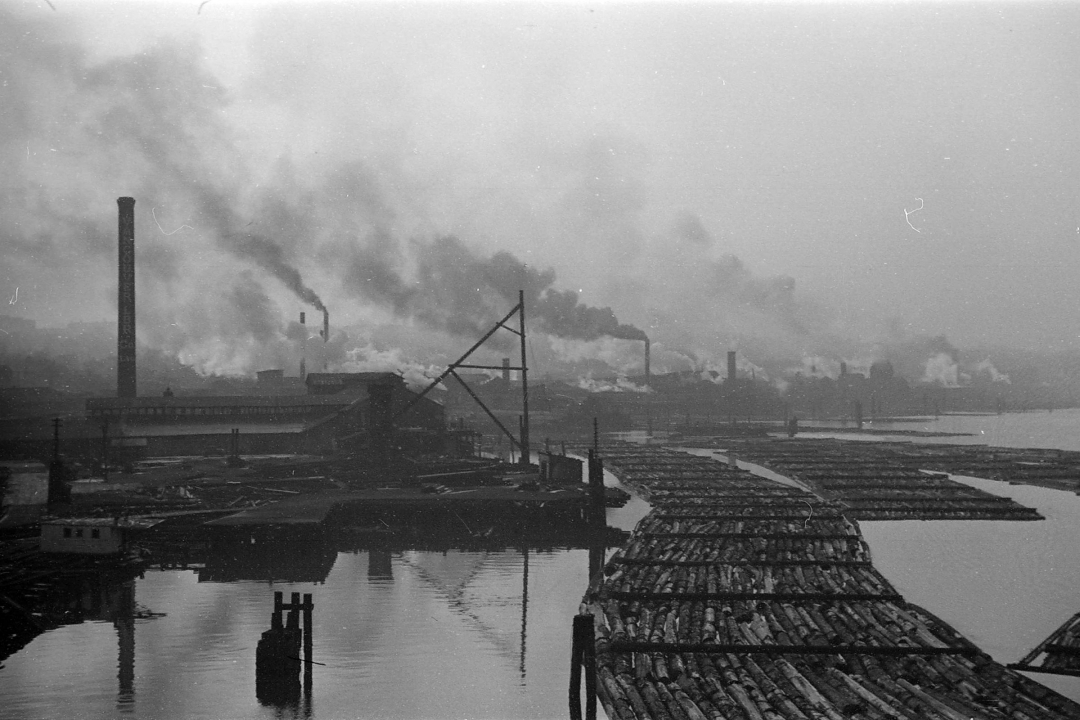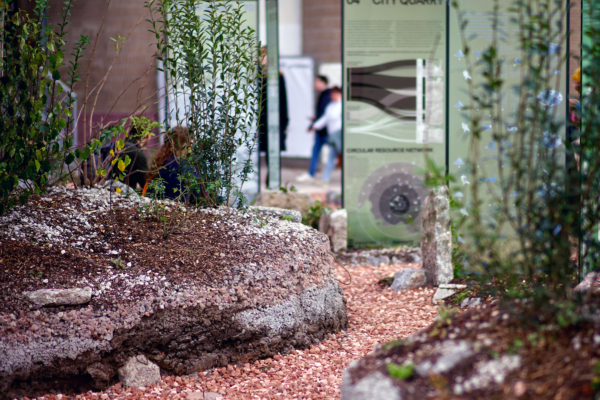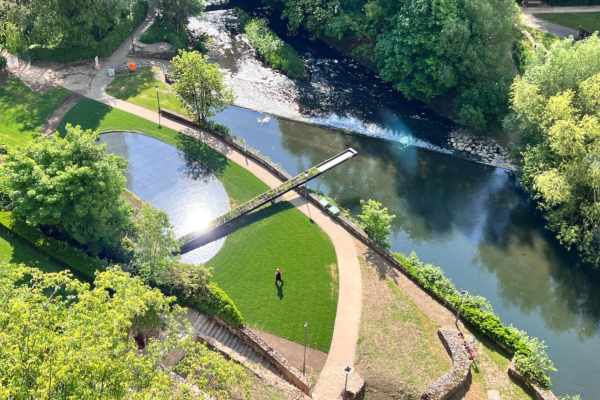The Future of False Creek is a design study into the effects of climate change, e.g. sea level rise and changes in precipitation patterns, on Vancouvers False Creek, its seawall and adjacent neighborhoods. Current climate science indicates that Vancouver is likely to see drier, hotter summers, more intense weather events involving wind, rain and snow, and the gradual rise of sea levels.
The Future of False Creek
Vancouver, CA
| Type | Research |
| Design | 2018-1019 |
| Location | Vancouver, Canada |
| Size | 40 ha |
| Client | City of Vancouver |
| I.c.w. | Deltares, University of British Colombia |
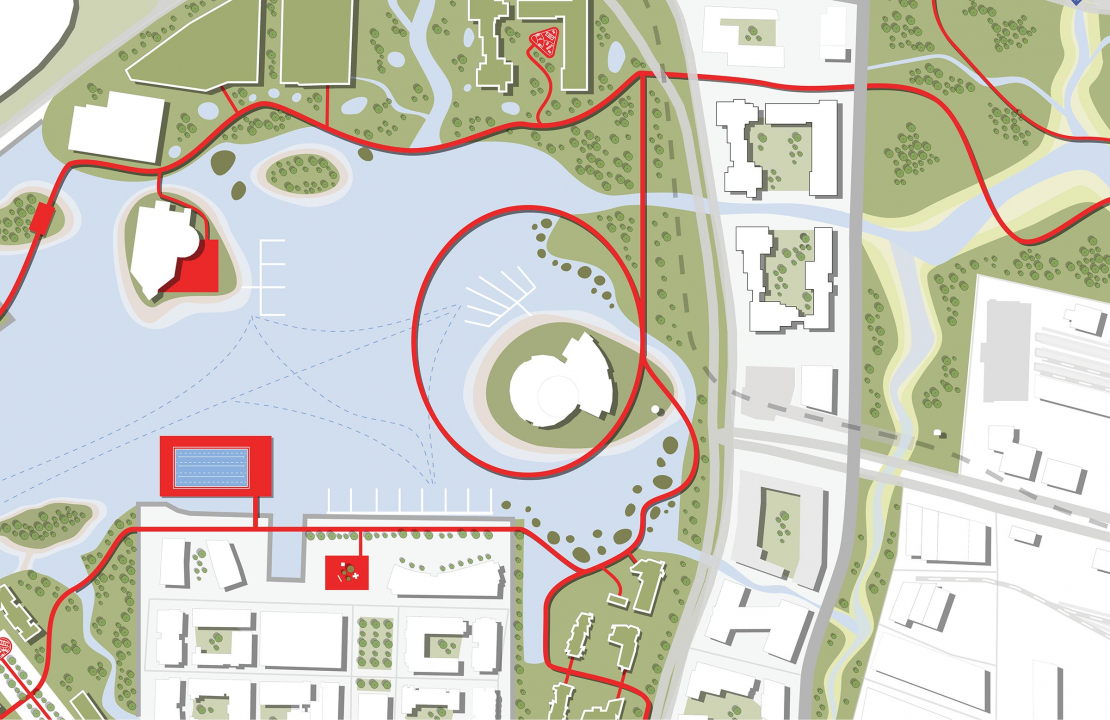
As one of the premier urban waterfronts in North America, developing a spatial adaptation framework for False Creek will be paramount. This study sets out to identify the issues, assets and opportunities of False Creek in order to envision and discuss strategies for a resilient future. Often framed as a risk, the urgency to act upon sea level rise is equally an opportunity. It not only enables Vancouver to create a safer city, but also allows the city to adapt in such ways that make it healthy and more attractive to live in.
In close cooperation with the City of Vancouver, University of British Colombia, LOLA and Deltares organized two workshops with expert staff from the city, including the departments of engineering, parks, green infrastructure, and planning. The outcome of these workshops provided the basis for a five guiding principles as well as the development of a possible future scenario for False Creek, one being The Hybrid Creek.
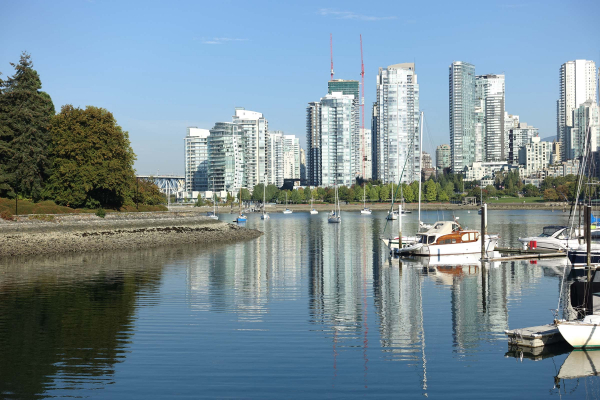
The Vancouver Skyline over False Creek
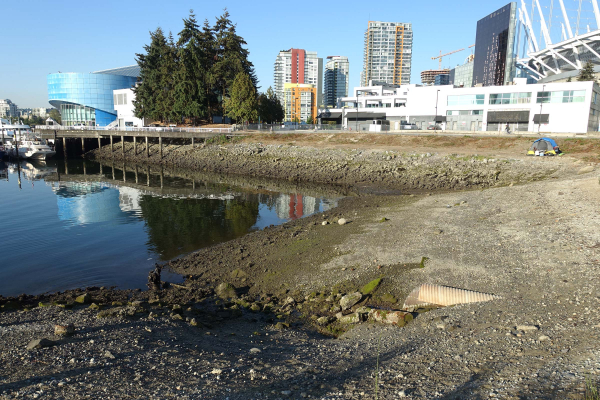
Sewage outlet pipes in False Creek
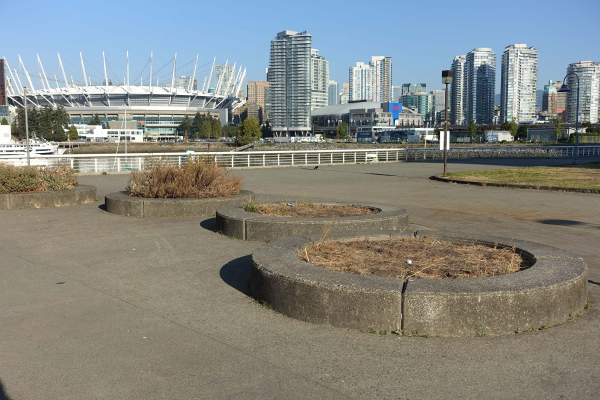
Severe drought and urban heat island effect
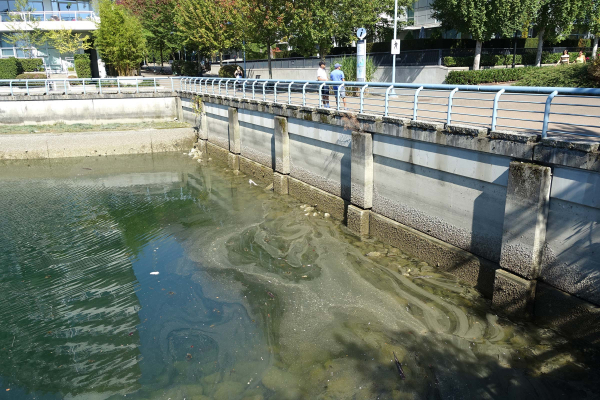
Water quality due to pollution and stand still water
The Hybrid Creek presents an option that combines a range of adaptation tools to demonstrate how new social and ecological programs and possibilities can emerge in the False Creek area over time. The proposal illustrates how sea level rise adaptation can be coupled with new urban developments, creation of public spaces, and ecological revitalization.
The Future of False Creek is the result of an intensive and interactive process between the City of Vancouver, University of British Colombia, Deltares and LOLA Landscape Architects. The process defined challenges for the study site as well as generated new questions, thinking and next steps towards implementing new forms of adaptation designs. The images and designs presented in this case study are for discussion purposes.
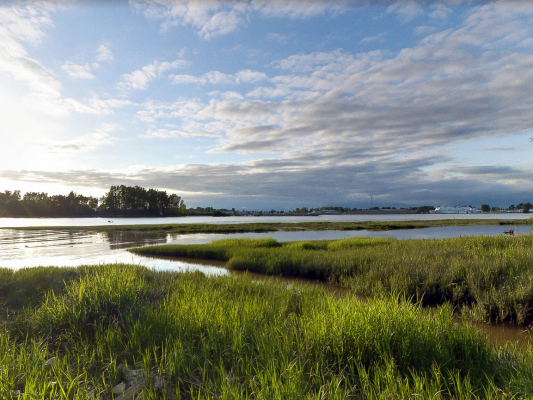
The original type of wetland of False Creek
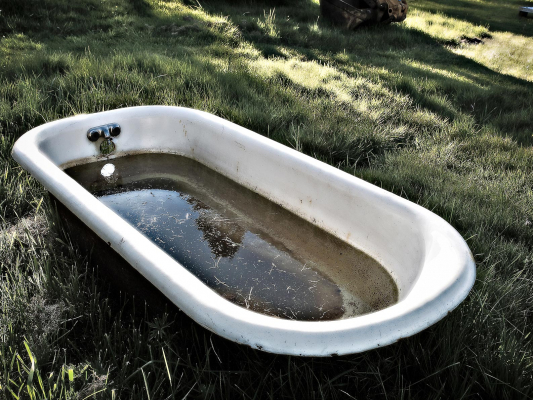
The current type of wetland of False Creek

Land Use
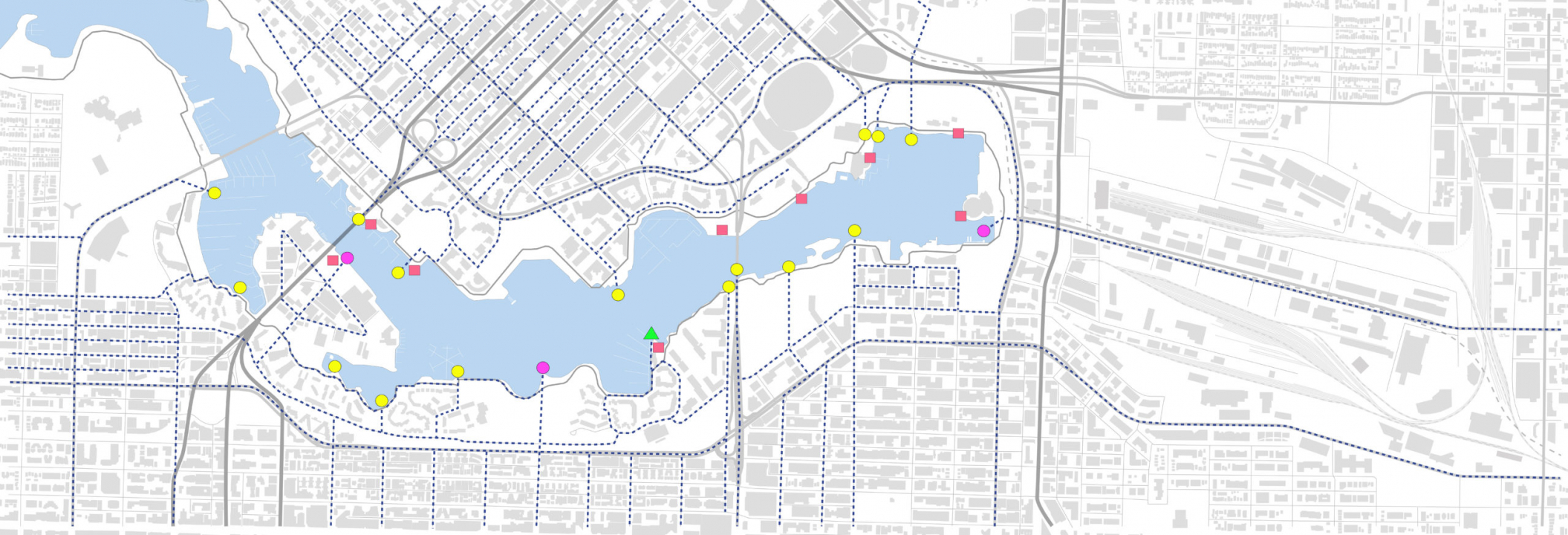
Sewage

Projected Sea Level Rise

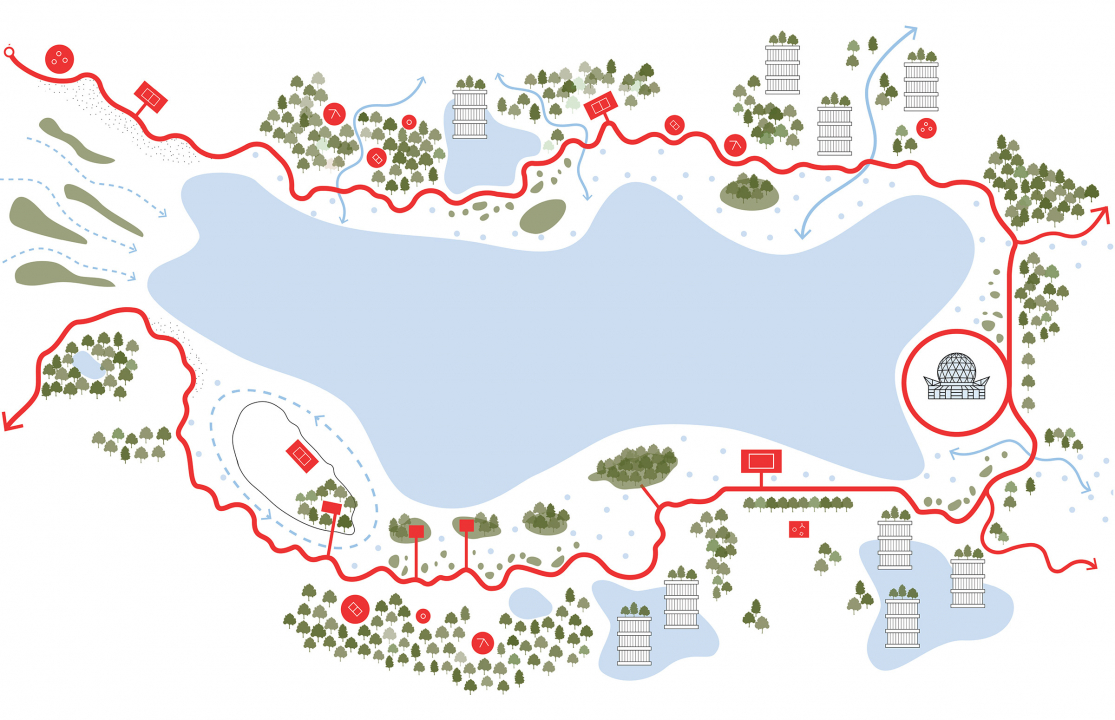
Concept
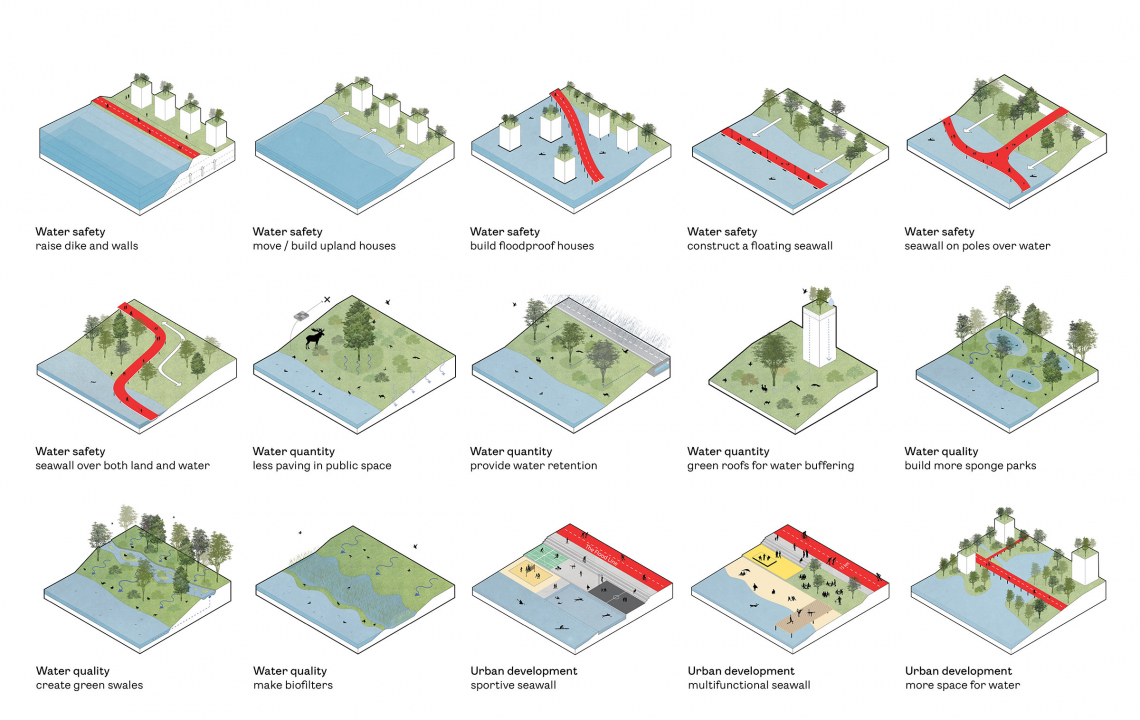
Toolbox

Zoom
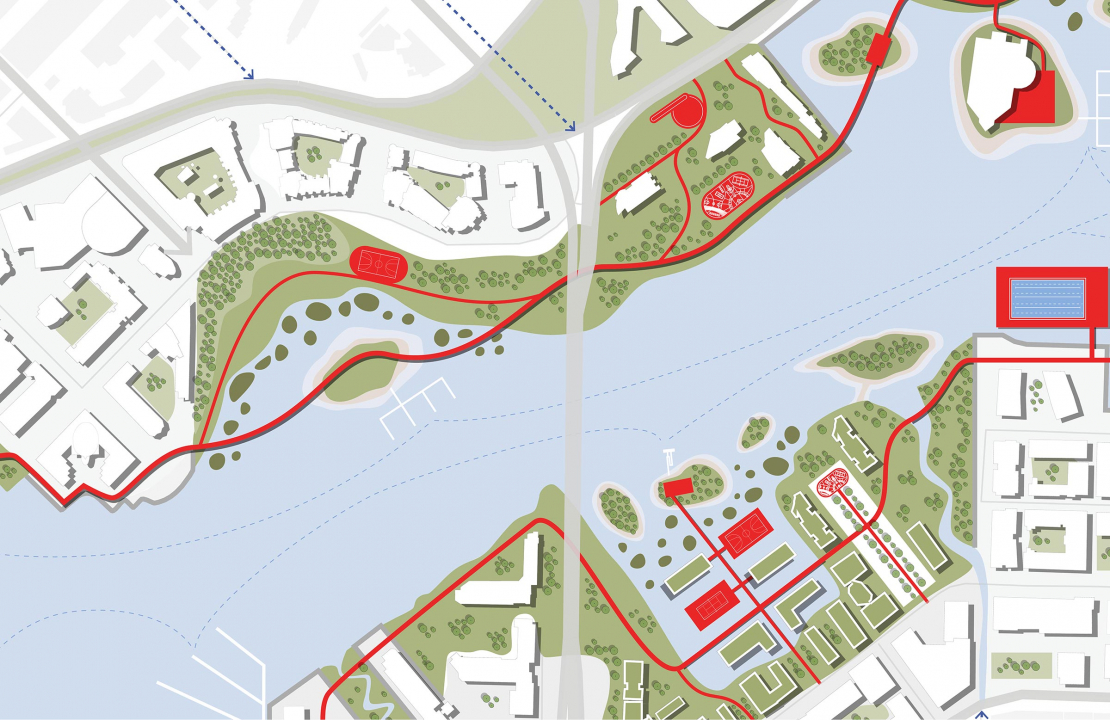
Zoom
